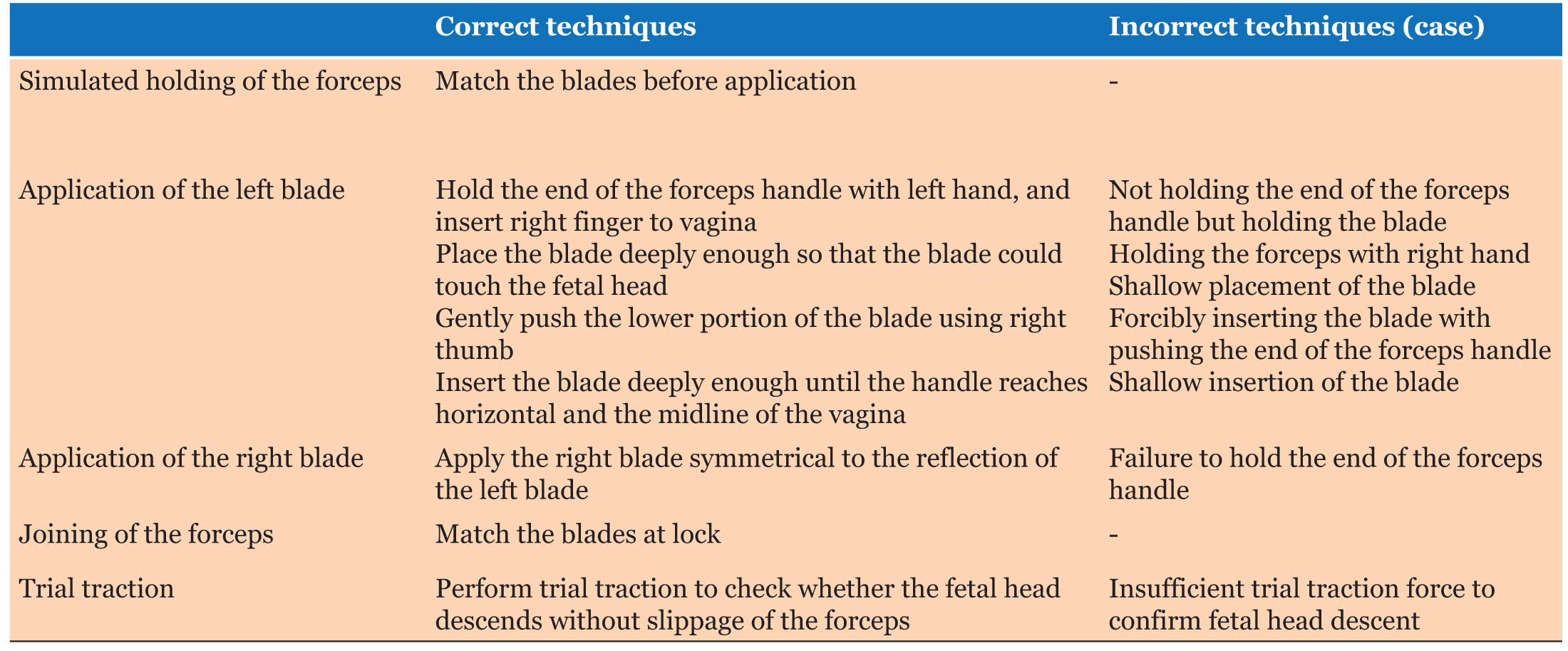Technical Report
Glass needle-based chromosome microdissection—How to set up probes for molecular cytogenetics?
1 PhD, Jena University Hospital, Friedrich Schiller University, Institute of Human Genetics, Am Klinikum 1, D-07747 Jena, Germany
Address correspondence to:
Thomas Liehr
Institut für Humangenetik, Am Klinikum 1, D-07747 Jena,
Germany
Message to Corresponding Author
Article ID: 100004VAM08AR2020
doi: 10.5348/100004VAM08AR2020TR
Access full text article on other devices

Access PDF of article on other devices

How to cite this article
Al-Rikabi A, Liehr LB, Liehr T. Glass-needle based chromosome microdissection—How to set up probes for molecular cytogenetics? Video J Clin Res 2020;2:100004VAM08AR2020.Abstract
Aims: Molecular cytogenetics is basically the use of fluorescence in situ hybridization (FISH). To perform FISH, among others species-specific DNA-probes are required. Glass needle-based chromosome microdissection is a feasible approach to establish corresponding probes. More specifically, by glass needle-based chromosome microdissection whole chromosome and partial chromosome painting probes can be established.
Methods: Glass needle-based chromosome microdissection is still much more successful and cost-effective for production of FISH probes, than comparable laser-based chromosome microdissection approaches. Thus, here we present the first video protocol how to practically perform this approach.
Results: Technical details on necessary solutions have been previously published elsewhere and are also referred to in the video, however, the practical manual work cannot be better described than done here, by a short movie.
Conclusion: Based on this video, it should be much easier now for other laboratories to establish this technology.
Keywords: Fluorescence in situ hybridization (FISH), Glass needle-based chromosome microdissection, Partial chromosome paint, Whole chromosome paint
Introduction
Glass needle-based chromosome microdissection (midi) was first described in the 1980s [1]. It is a straightforward approach for setting up species specific whole and partial chromosome painting probes suited for fluorescence in situ hybridization (FISH) [2],[3]. Furthermore, DNA-isolation by midi can be the starting point for many other studies, including exact breakpoint characterization by next generation sequencing [4],[5],[6].
Compared to chromosome flow sorting [7], midi needs less sophisticated and expensive equipment and is not only restricted to production of whole chromosome paints. Concerning laser-based microdissection compared to midi the former is not regularly applied yet for preparation of whole and not at all for partial chromosome painting probes [8]. Furthermore, just recently we published a protocol how to use semi-archived material in midi [8].
Accordingly, midi is a very timely approach. Even though we provided earlier detailed protocols on how to do midi [3], practical guidance on how to do hands on steps of this procedure in more detail still lack. Thus, in this article, supplied with the accompanying movie, we are sure to be able to close this gap and to give advice on how to do midi under real conditions.
THE MIDI PROCEDURE AS SHOWN IN THE ACCOMPANYING MOVIE
The midi procedure as shown here is based on the protocol published in ref. [3]. Special emphasis is given in this paper on some working steps of midi procedure, which were not outlined in detail there.
HOW TO DO GLASS NEEDLE AND PIPETTE PREPARATION?
The preparation of glass needles and pipettes must be done by using a pipette puller. This machine is shown in Figure 1 and works with a heating unit and weights and balances. Glass rods or pipettes can be fixed in there and pulled in length as shown in Video 1.
Also the necessary silanization procedure of extended pipettes (Figure 2) is explained and shown in Video 1. This step is essential to avoid sticking of the microdissected DNA to pipettes, instead of being regularly processed during the procedure.
HOW TO PREPARE COVERSLIPS AS CARRIERS OF CHROMOSOMES?
Due to optical features of applied inverted microscopes one cannot use microscope slides for midi. Instead, only sodium dodecyl sulfate (SDS)-treated coverslips (Figure 3) can be applied to spread and fix chromosomes on them. The spreading of the chromosomes on the coverslips can be improved by holding them in the steam of a water bath. Very important is to mark the orientation “up-side” and “down-side” of the coverslip, which can be done by breaking off an edge (Figure 4). Before optical control of metaphase spreading, coverslip goes for 4 minutes on a heating plate (60 °C).
HOW TO DO CHROMOSOME G-BANDING ON THE COVERSLIP?
G-banding, if necessary, is done according to standard protocols [9]. Main difference to regular protocols is that coverslip staining is done here in 50 mL tubes (Figure 5).
HOW TO PREPARE THE INVERTED MICROSCOPE?
The inverted microscope used, being equipped with one, or better two micromanipulating units, has to be prepared by mounting elongated pipette and glass needle at the corresponding spots. The pipette has to be loaded with the collection drop [3] before mounting (Figure 6 and Figure 7).
HOW TO DO MIDI?
The exact use of the micromanipulators is a matter of personal training. However, the principle is simple: just cut out a chromosomal band/region or scrape together one whole chromosome to a single spot. Afterward pick up the microdissected DNA by the glass needle. Then the DNA sticking to the glass needle is transferred to the collection drop in the pipette and washed off.
DNA AMPLIFICATION
The DNA accumulated in the collection drop after 1–15 midi steps is then transferred into a reaction tube. This is subjected to DNA probe amplification by a specific PCR procedure [degenerate oligonucleotide primed-polymerase chain reaction (DOP-PCR)] [3].
Access video on other devices
Conclusion
Midi is a laborious, manual, and sophisticated approach, needing some preparation to be performed. However, it is still the best suited, most straightforward, and most cost-efficient way to establish whole or partial chromosome painting probes for molecular cytogenetic studies or other studies including sequencing.
References
1.
Scalenghe F, Turco E, Edström JE, Pirrotta V, Melli M. Microdissection and cloning of DNA from a specific region of Drosophila melanogaster polytene chromosomes. Chromosoma 1981;82(2):205–16. [CrossRef]
[Pubmed]

2.
Kosyakova N, Hamid AB, Chaveerach A, et al. Generation of multicolor banding probes for chromosomes of different species. Mol Cytogenet 2013;6(1):6. [CrossRef]
[Pubmed]

3.
4.
Jancuskova T, Plachy R, Stika J, et al. A method to identify new molecular markers for assessing minimal residual disease in acute leukemia patients. Leuk Res 2013;37(10):1363–73. [CrossRef]
[Pubmed]

5.
Zlotina A, Kulikova T, Kosyakova N, Liehr T, Krasikova A. Microdissection of lampbrush chromosomes as an approach for generation of locus-specific FISH-probes and samples for high-throughput sequencing. BMC Genomics 2016;17:126. [CrossRef]
[Pubmed]

6.
Zamariolli M, Di-Battista A, Moysés-Oliveira M, et al. Disruption of PCDH10 and TNRC18 genes due to a balanced translocation. Cytogenet Genome Res 2020;160(6):321–8. [CrossRef]
[Pubmed]

7.
Ferguson-Smith MA, Yang F, O’Brien PCM. Comparative mapping using chromosome sorting and painting. ILAR J 1998;39(2–3):68–76. [CrossRef]
[Pubmed]

8.
Al-Rikabi ABH, Cioffi MB, Liehr T. Chromosome microdissection on semi-archived material. Cytometry A 2019;95(12):1285–8. [CrossRef]
[Pubmed]

Supporting Information
Author Contributions:
Ahmed Al-Rikabi - Acquisition of data, Revising it critically for important intellectual content, Final approval of the version to be published
Leon B Liehr - Revising it critically for important intellectual content, Final approval of the version to be published
Thomas Liehr - Substantial contributions to conception and design, Analysis of data, Interpretation of data, Drafting the article, Revising it critically for important intellectual content, Final approval of the version to be published
Data Availability Statement:The corresponding author is the guarantor of submission.
Consent For Publication:Written informed consent was obtained from the patient for publication of this article.
Competing Interests:Authors declare no conflict of interest.











